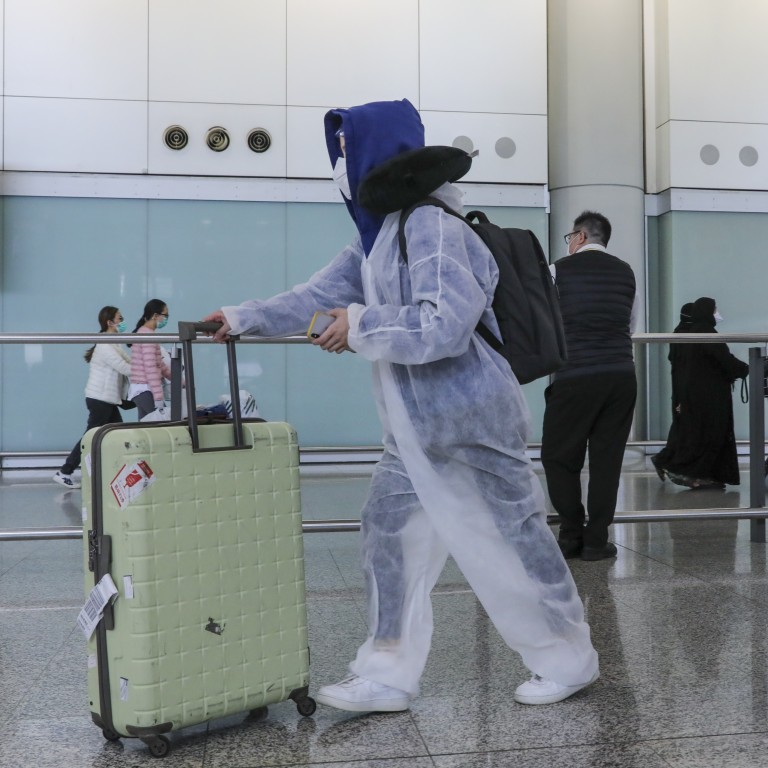
Shore up defences to keep out imported cases of coronavirus
- Hong Kong has done well so far to protect residents but the threat now could come from those returning from overseas, for which the city may not be so well-prepared
Having been at the epicentre of the deadly severe acute respiratory syndrome (Sars) epidemic in 2003, Hong Kong was prepared for most things another coronavirus outbreak has thrown at the city. Painful lessons from the loss of 299 lives have not been forgotten.
Evidence of that is to be found in the relatively small number of confirmed cases of Covid-19, the illness caused by the new coronavirus, despite this being an open city and a transport and business hub on the mainland’s border. The everyday wearing of surgical masks, suspension of schools and public events, limiting of crowds and reduced social contact might have seemed like overreaction to outsiders.
But the seeming prescience of such caution has since been recognised by the health authorities of other places, notably Europe and North America, that have been taken by surprise by contagion.
However, if that sounds like an excuse for complacency it does not take into account a key difference this time. It is to be found in the continuing global spread of the disease while Hong Kong appears to have stabilised it. This raises the risk that a second wave of new coronavirus infections could be sparked by imported cases that were symptomless when they arrived in the city.
Six of seven new Covid-19 patients in Hong Kong had recently travelled
The new threat from global contagion is only just emerging. Defeating it ultimately depends on the community’s best preventive tools – mandatory and self-quarantine of arrivals from areas representing a significant threat – and the diligence with which these defences are applied. In that respect there have to be concerns. For example, there are only about 700 places left in quarantine facilities, with some reserved for 3,400 Hongkongers being evacuated in groups from Hubei province, the epicentre of the outbreak.
And unlike the quarantine regime on the mainland, which has played a part in stabilising a massive outbreak, enforcement of self-isolation is haphazard, and the families or fellow residents of a self-isolated person are not confined. Statistically the risk may be minimal, but it can take only one super-spreader to infect a cluster. Seen against the background of more cases of Covid-19 now being confirmed outside China than inside, the return of many Hong Kong residents and students from overseas and a surge in imported infections, it may be a serious loophole.
It is compounded by a shortage of electronic bracelets used to monitor compliance with self-isolation, and confined living spaces which enhance contagion. Ultimately, we probably need an independent review to identify inadequacies and shore up the city’s defences. It seems sensible to expect the next viral attack to be only a matter of time. That said, we should be grateful to many people for their awareness and caution, without which the outbreak could have been much worse than nearly 150 cases and four deaths so far.

